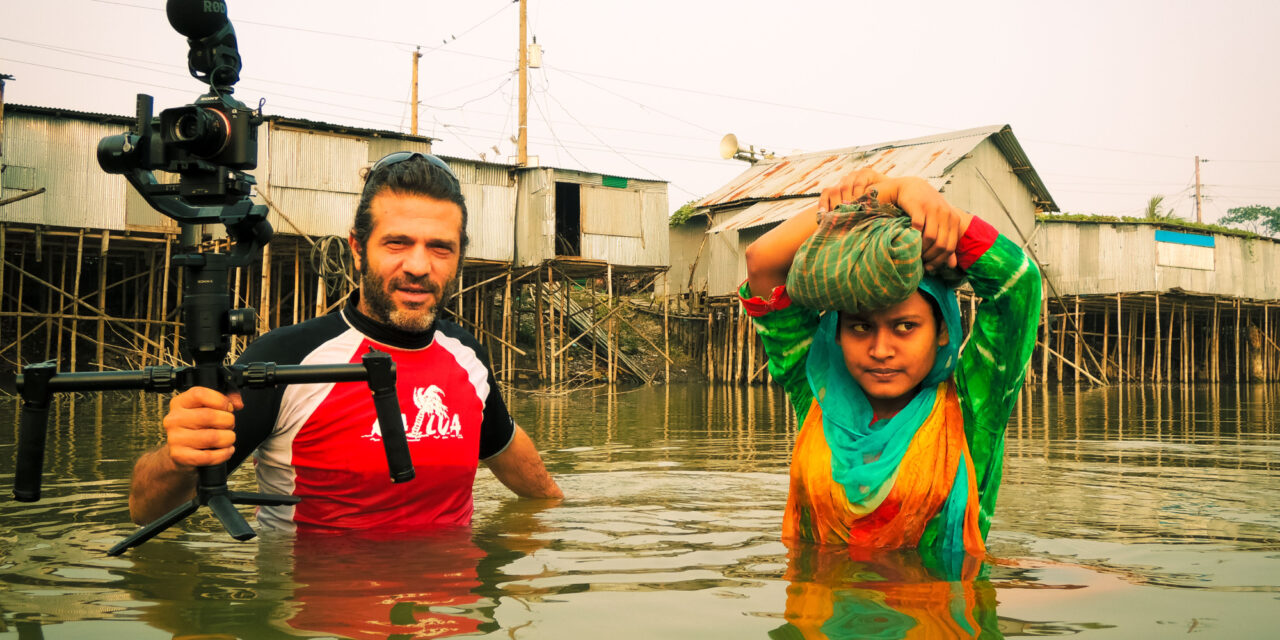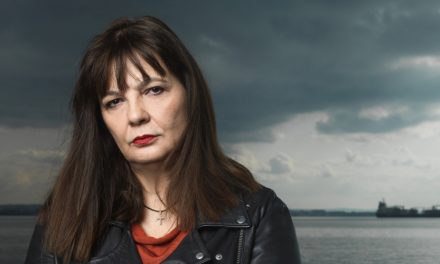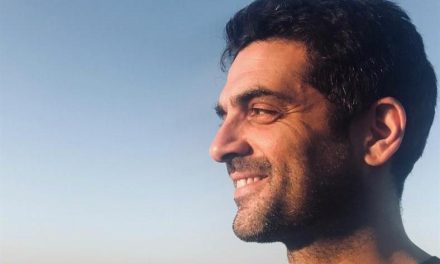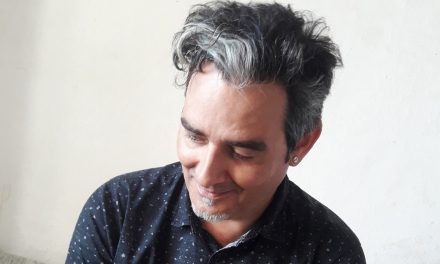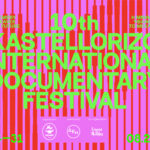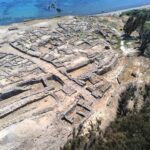Mighty Afrin: in the Time of Floods is a coming-of-age story unfolding against the backdrop of climate change. In this emotionally powerful film, a 13-year-old girl is forced to leave her home on a remote islet because of the catastrophic floods and find her way to the metropolis of Dhaka in search of a new life.
Director Angelos Rallis, challenging the barriers between documentary and fiction, in this immersive film, focuses on the violent uprooting of climate refugees through the story of resilient Afrin, an orphan girl who struggles to survive in unthinkable circumstances, as the Brahmaputra River wipes out her home. Winner of several awards worldwide, Mighty Afrin: in the Time of Floods is now screening in Athens and next month in Thessaloniki.
Angelos Rallis spoke to Greek News Agenda* about shooting in Bangladesh, climate change, and his future plans.
Mighty Afrin: In the Time of Floods was shot in Bangladesh? How come?
All my films have been shot in distant countries. A Place for All was shot in Rwanda, Where Are You Singal was shot in Iraq and Turkey. Mighty Afrin: in the Time of Floods was shot in Bangladesh.
My father used to work for the Ministry of Foreign Affairs. His assignments in Greek embassies brought us into contact with different places and cultures around the world. I was born in Sweden, as were my siblings Katerina and George, where we lived the first years of our lives. We also spent a long time in Asia and Europe and we embarked on endless round trips to distant countries that were hard to discover at the time.
Gradually I became acquainted with the locals and their stories, stories about ‘others’ that we don’t often see in the media. My mother Eva had encouraged me from a young age to take photos as she had noticed an inclination. She also worked as a teacher in orphanages. Influenced by my father’s work and my mother’s humanism, I began to be interested in the distant, the unknown.
I studied sociology and cinema in Greece, Sweden and England. I started working as a photojournalist for news agencies in England (Eaglepress), Belgium (reporters) and the newspaper Ethnos. I belong to the artists who use their lens to discover a story, to get in touch and connect with characters. It is the experience that interests me. I don’t just want to tell a story but to live the experience and bring it to the audience through the big screen.
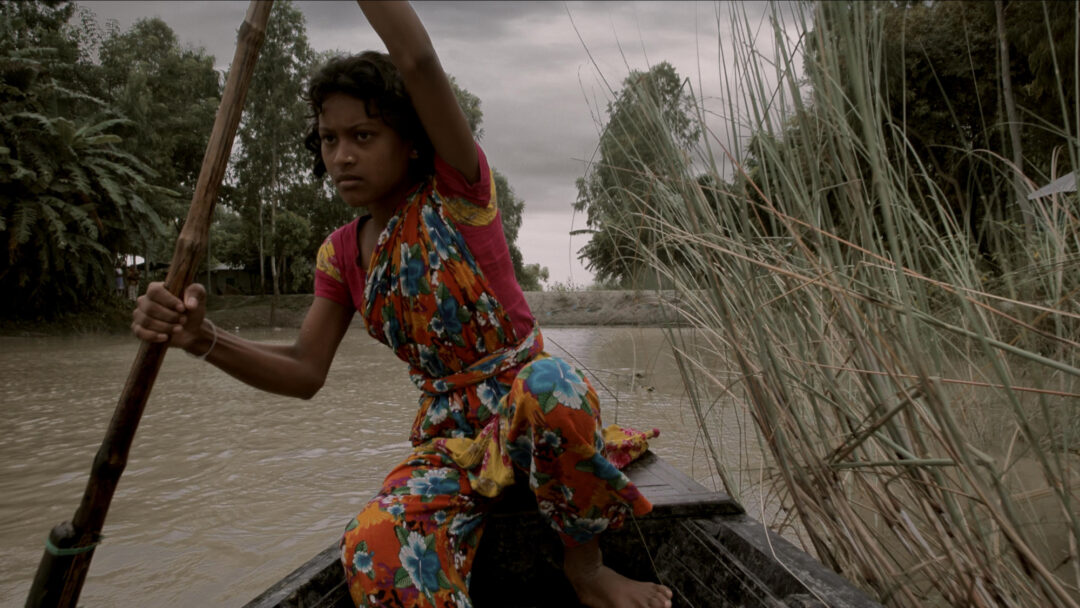
Could you share with us more about the young protagonist, the culture of the locals you interacted with, and the difficulties you faced while shooting the movie?
Social norms make women more vulnerable to flooding. Natural disasters magnify existing gender inequalities and widen the gap between rich and poor.
Afrin’s struggle against the floods is becoming a symbol of survival representing millions of children and young people in the same situation. When she begins her risky journey across the country, Afrin is one of the many displaced children and climate refugees who make a living as waste-pickers in Dhaka. Afrin was a child living in the wilderness who had found a way to survive on an island of mud without basic commodities. Being an orphan gave her the freedom to decide for herself. Afrin is young and impetuous, full of dreams and desires. When her house is destroyed by floods, Afrin is displaced on her raft to Dhaka.
The difficulties of filming were enormous. On the island, I worked almost alone with my assistant and occasionally with a sound engineer for months without electricity, forced to film in the muddy water. I quickly had to adapt to an inhospitable environment where we were all at the mercy of nature. Every now and then I would stop filming to carry people to the shore in a small boat. The humidity was unbearable. Plus, it’s not just people seeking shelter but also animals like pythons and jackals. It was important for me to experience the dangers, bad weather and floods so that I could film them.
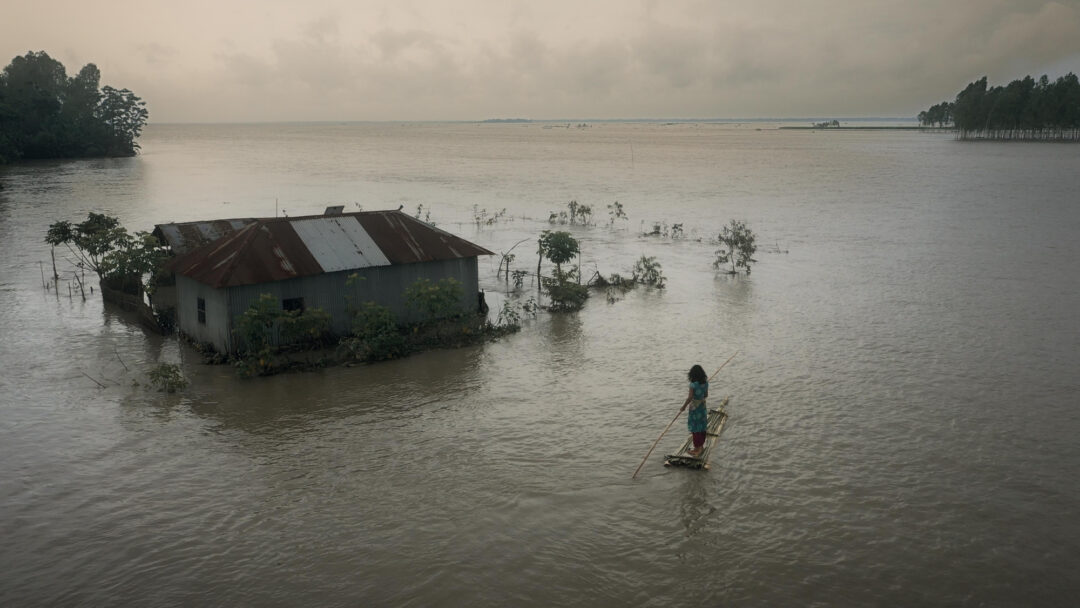
The protagonists of the film have to deal with unthinkable situations. How do they cope with these adversities?
During the monsoon period, thousands of tiny islands, scattered along the Brahmaputra, move or even disappear. Millions of people are forced to move from one islet to another or abandon their homes. Their resilience and adaptation to new circumstances is what helps them survive. These communities have learned to adapt because extreme poverty gives them no choice.
Is your film considered fiction or documentary?
Just like my previous works, it falls right between these two categories. The first part, on the island, is observational because it can better capture the violence of nature, while in the second part, I choose to get closer to the protagonist, Afrin, with close-ups and controlled shooting. This is right when Afrin begins to transform from a teenager into a woman. The film reaches its climax in a mystical situation where Afrin’s dreams merge with reality. For me, there are no rules and boundaries that I have to follow. In Afrin I chose to use fictional elements (VFX, music, flashbacks) to bring out the theme of the film, not the form. It is also important to remember that even a documentary can never be truly objective.
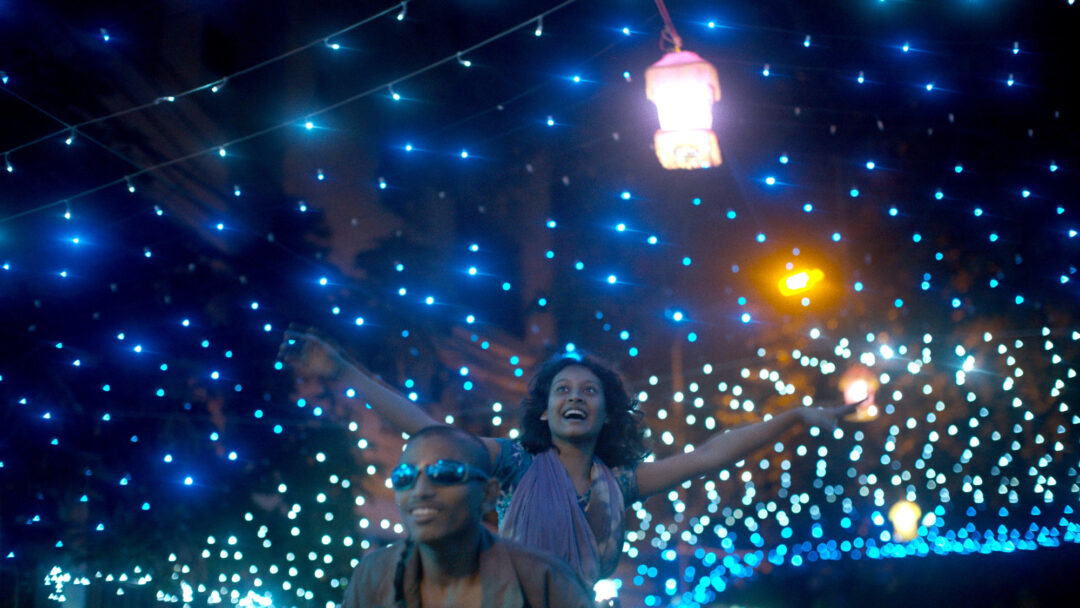
Do you think that art in general and cinema in particular could be an effective means of raising awareness of social and environmental issues?
Audiovisual works can and do have the potential not only to entertain but also to stimulate the public to focus on important issues in our everyday lives. We can already see the devastating consequences of the climate crisis. A film like Mighty Afrin: in the Time of Floods highlights this issue. It is something that concerns all of us and I hope we can public awareness.
Do you believe that the art world should take a stand on big or controversial issues?
The art world over time can and should be an educational tool and should take a stand on big or controversial issues such as human rights, LGTB+ inequality, war, violence, the climate crisis, and the refugee crisis. If we don’t use films as a means of educating society, I am afraid that the whole edifice will fall apart and we will be crushed.
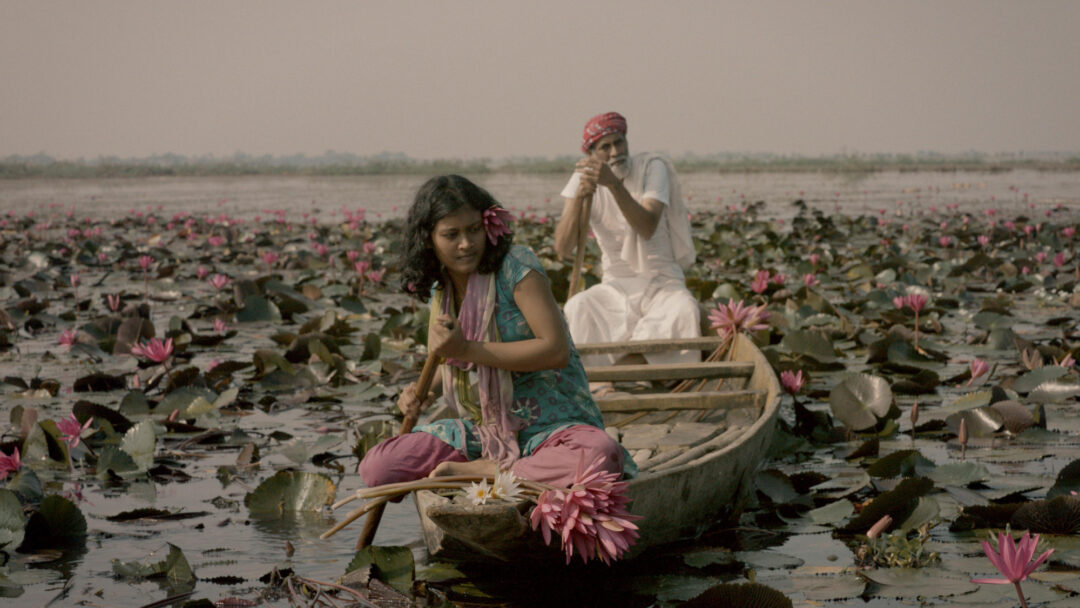
How do you see the future of Greek cinema, both within and outside our borders?
Greek cinema has indeed shown an outward-looking trend over the last decade and several Greek films have made remarkable progress. In just 7 months of distribution, Afrin in the Time of the Flood has screened at 40 international festivals and won 14 international awards (Giffoni, Thessaloniki, Jihlava). It has also screened in cinemas in Italy and Greece and on television in France (ARTE), Germany (ZDF), ERT and by Al Jazeera in the Middle East. This practically means that millions of people have had access to and watched a Greek film.
But ministries in charge should also support this effort of extroversion of artists in our country. Although the regulation and the funds have increased, unfortunately, they are still far below the average of other European countries. There is also the phenomenon that although the new funding regulation provides for specific amounts of financial support, these amounts are not able to cover the production and promotion of the film to be able to compete in the global markets.
Tell us about your next plans.
There are several projects such as a film about climate crisis in Greece and another science fiction film. Shooting a film in Greece interests me but is not an end in itself. It depends on the story and how I connect with it.
*Interview by Dora Trogadi
Read also via Greek News Agenda: Spiros Jacovides on his movie “Black Stone”; Asimina Proedrou on her film “Behind the Haystacks”; Thanasis Neofotistos on his film “Air Ηostess-737”
TAGS: ARTS | CULTURE | ENVIRONMENT | FILM

